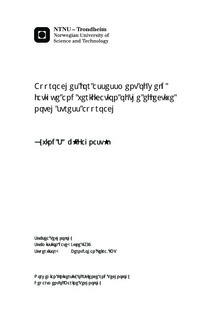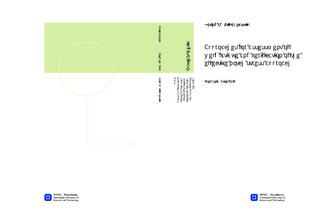| dc.description.abstract | Fatigue of welded structures is commonly assessed in three ways. These are the nominal stress-, the structural hot spot- and the effective notch stress approach. As the applicability of the approaches differs, these differences have been discussed. The effective notch stress approach has been validated for a cruciform fillet welded and fully penetration welded joint, according to DNV (2012). The same fillet welded joint was further investigated for varying weld sizes. The results show, that for a weld size half the length of the validation model, fatigue life was estimated to be 140% longer than that of the nominal approach. Further investigations revealed that there is a nonlinear relation between effective notch stress and weld sizes, while comparison of the notch stress and nominal stress approaches indicate that a linear relation is to be expected. Two explanations have been discussed. Firstly, the size of the notch may be dependent on the weld size, caused by loading mode alternations of the notch. And secondly, the linear relation found may be caused by simplifications made for the nominal stress approach. Equations describing the relation between the two approaches have been proposed. Based on the established methodology for the cruciform joint, a second joint provided by Aker Solutions has been assessed for weld root fatigue. This joint is a knee plate located in a horizontal brace of a drilling vessel. The knee plate was analysed by means of a local finite element model subjected to a variable loading, which was defined from provided stress range exceedances diagrams for one boundary. For simplicity, the opposite boundary of the brace was fixed. All simplifications made, for both model and boundaries, have been discussed and concluded to be acceptable and conservative, based on comparison to weld toe fatigue. Weld root fatigue life was assessed by means of Miner summation, and compared to weld toe fatigue. Based on the proposed equations and the linear relation found between the nominal- and the notch stress S-N curves, a weld size providing a longer fatigue life at the weld root, rather than that at the toe, was proposed. | |

